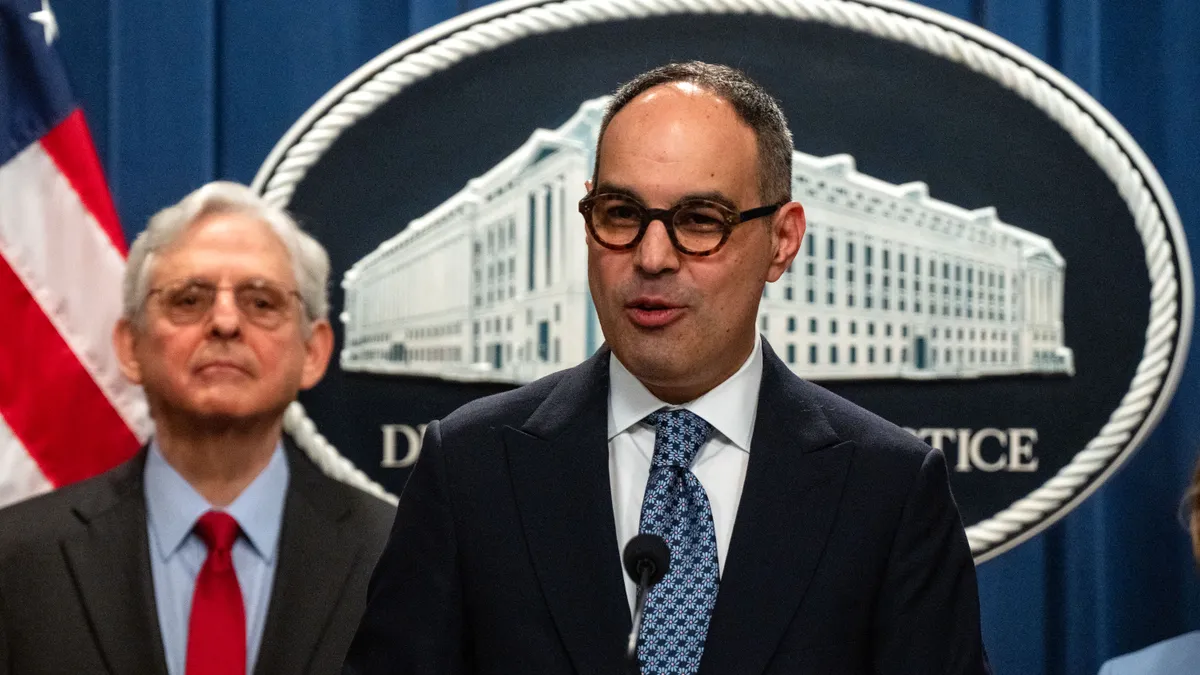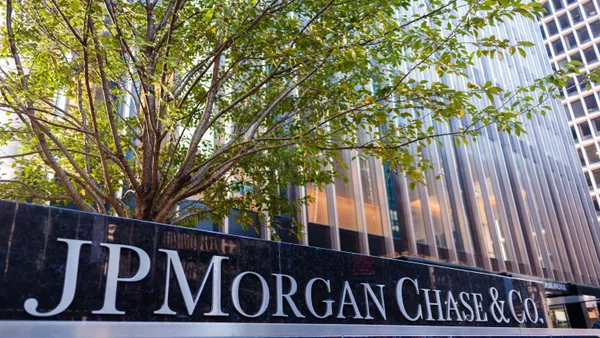Though manual reimbursements cost companies a significant amount of time and money, they remain all too common. In fact, 47% of companies say they still rely on paper-based expense and reimbursement systems.
“We see companies in the mid-market space, and sometimes even bigger, that are putting expenses into Excel, stapling receipts and mailing reports to their accounting and finance teams,” says Dan Duffy, director of sales at TravelBank, a subsidiary of U.S. Bank. TravelBank powers the all-in-one Commercial Rewards Card platform, an integrated solution for managing cards, expenses and travel.
Automating your expense and reimbursement processes can save employees time. But just as important, an automated solution also provides increased visibility into corporate spending, improved expense policy adherence, rebates and more. The cumulative effect is often improved financial performance.
But how do you move from manual reimbursements toward an automated expense solution? Duffy provided these four tips to help organizations say goodbye to paper-based reimbursements:
1. Dive into your current expense process.
The first step toward breaking the cycle of manual reimbursements is understanding how your current process works. “It comes down to time and resources,” Duffy says. “How much time is your process taking for users?” Talk to employees and your finance team to learn how long people spend on reimbursements. Do they have to collect receipts? Fill out forms? Does the finance team have to track down missing receipts or reports? How long does reconciliation take each month? The hours equate to dollars.
For example, companies that manually process 500 monthly expense reports spend $35 per report on average—or $210,000 annually. A comprehensive view of how much it takes to operate your current program often provides the motivation to move toward automation.
2. Get buy-in across the organization.
Your research can help make a strong case for automated expense reporting. But you also need the rest of your organization to get on board. Give your executive team an overview of your current state and the benefits of automating the process. This includes hard and soft cost savings regarding employee time, savings from improved spending controls, and opportunities to earn rebates or rewards.
The tangible value provided by an automated solution can make it easier for company leadership to back the change. Duffy also recommends asking if there are competing priorities. Another large IT project or a strategic initiative might make it challenging for employees to devote time to an expense change. "It's challenging to plan for the future and be strategic when stuck in the tactical aspects of expenses and reconciliation," he adds. To that end, automate your expenses at a time that makes sense for the business, and you have the bandwidth to complete the project.
3. Understand what the implementation entails.
Talk with potential vendors about their implementation process, how long it takes, the impact on your organization, and, of course, the cost. The good news, Duffy says, is automating your expense system may not be the heavy lift or investment that many assume. The U.S. Bank Commercial Rewards Card platform is designed to meet the needs of most middle market companies. The paid version of the platform offers additional features and controls. In addition, most companies can implement the platform within 21 days.
“This isn’t a months-long, laborious process,” Duffy says. Also, seek out solutions that are “consumer-grade.” To Duffy, that means user-friendly solutions that don’t require extensive employee training. “You want solutions designed for today,” he says. “When I signed up for Netflix, no one trained me how to use it—I just signed up and started watching. It should be that simple.” Prioritize solutions that are mobile-first, fully automated and easy to use. “That’s how you drive adoption,” Duffy adds.
4. Know how you’ll define success.
“You don’t want to get distracted by shiny objects,” Duffy says. “The most important thing is to figure out what business problems you want to solve and how you’ll measure success.”
Organizations may not initially know what accounts for an effective expense automation program. But your vendor should be able to lead that conversation, Duffy says. For instance, U.S. Bank Commercial Rewards Card clients often consider the number of staff hours saved, reduced compliance issues, money earned from rebates, and reduced spending on travel as key metrics.
However, there is another intangible that Duffy says is important: employee happiness.
Automation gives employees time back, they get reimbursed quicker, and they’re less stressed, which makes them happier and more satisfied, leading to policy adherence, visibility and control.
Manual reimbursements don’t need to hold your company back any longer. Connect with U.S. Bank today and learn how to accelerate your path to automation—and reap the rewards of a modern expense solution.










